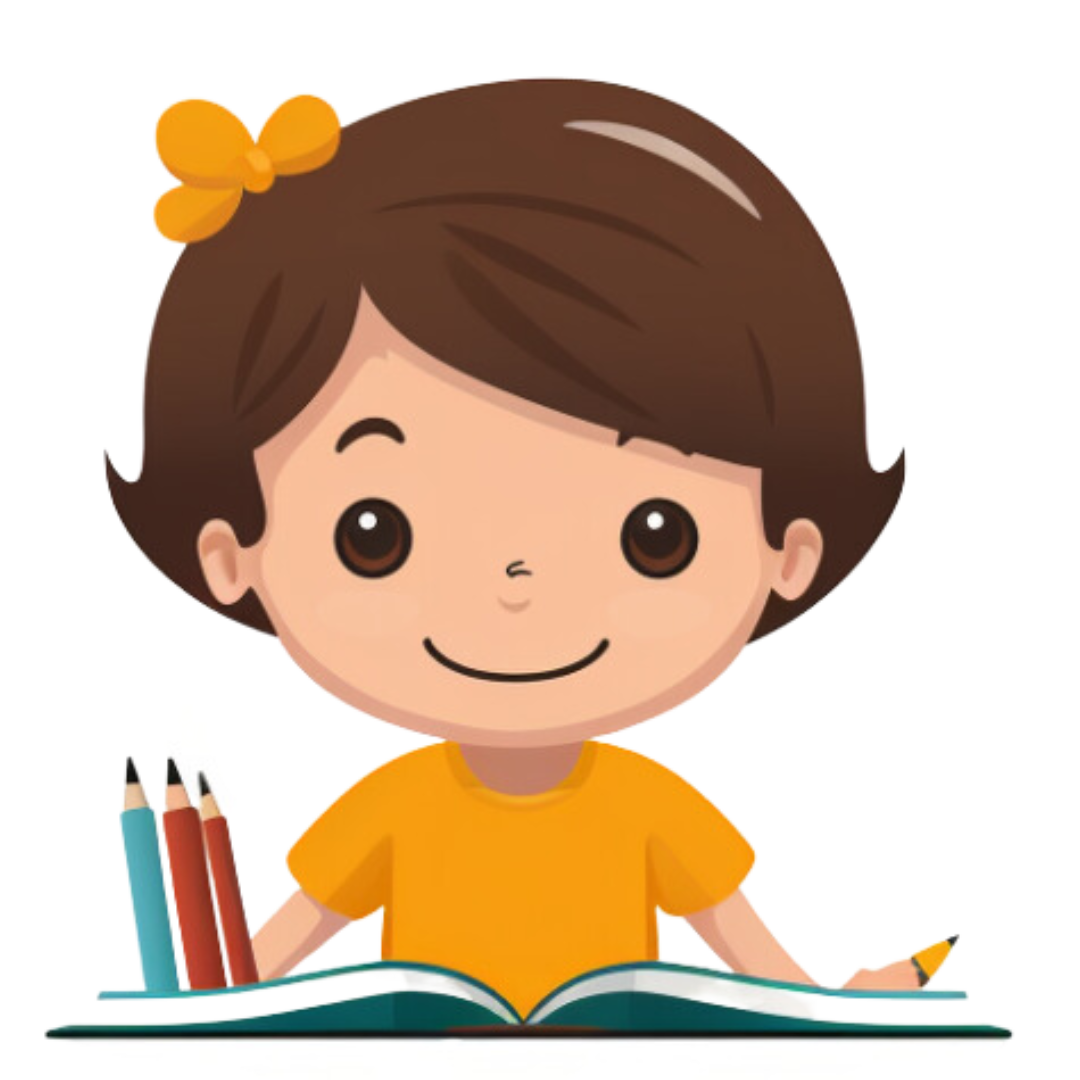Fact Worksheet
Superheroes And Confidence
Rating: 0
Superheroes And Confidence (Long)
Superheroes wear a [cape] [shoe] [hat] .
Superheroes help [people] [cars] [trees] .
Superheroes are [brave] [shy] [lazy] .
Superheroes can [fly] [swim] [crawl] .
Superheroes have [powers] [candies] [pencils] .
Superheroes fight [bad guys] [butterflies] [clouds] .
I can be a [superhero] [table] [chair] .
I am [strong] [weak] [tired] .
I can others [help] [hurt] [ignore] .
I am [brave] [scared] [bored] .
I can new things [learn] [forget] [hide] .
I can for myself [stand up] [sit down] [lie down] .
I can a difference [make] [break] [lose] .
I am [important] [invisible] [silent] .
I can my goals [reach] [drop] [miss] .
I am [confident] [nervous] [sad] .
I can my fears [face] [avoid] [run from] .
I am a [hero] [villain] [ghost] .
Facts
Topic: SUPERHEROES
Lenght: 18 Sentences
Why is this worksheet educational?
These sentences are educationally valuable because they not only introduce children to the concept of superheroes, but also to the idea of self-confidence.
The superhero theme is engaging and exciting for children, making the learning process fun and enjoyable.
It also provides a context for introducing new vocabulary words related to superheroes, such as 'cape', 'powers', and 'brave'.
This helps to expand children's vocabulary and improve their language skills.
The sentences also encourage children to think about their own abilities and qualities, promoting self-confidence.
They are asked to consider what they can do, how they feel about themselves, and what kind of person they want to be.
This helps to develop their self-awareness and self-esteem, which are important for their emotional and social development.
Furthermore, the sentences are structured in a way that promotes critical thinking.
Children are asked to choose the correct word to complete each sentence, which requires them to understand the meaning of the sentence and the words.
This helps to improve their reading comprehension skills and their ability to make logical connections.
Finally, the sentences are simple and short, making them accessible to young children who are just beginning to read.
The use of repetition and rhyme also supports the learning process, making the sentences easier to remember and more engaging for children.
This encourages their love of reading and learning, setting the foundation for their future educational success.
 ReadWriteHub.com
ReadWriteHub.com